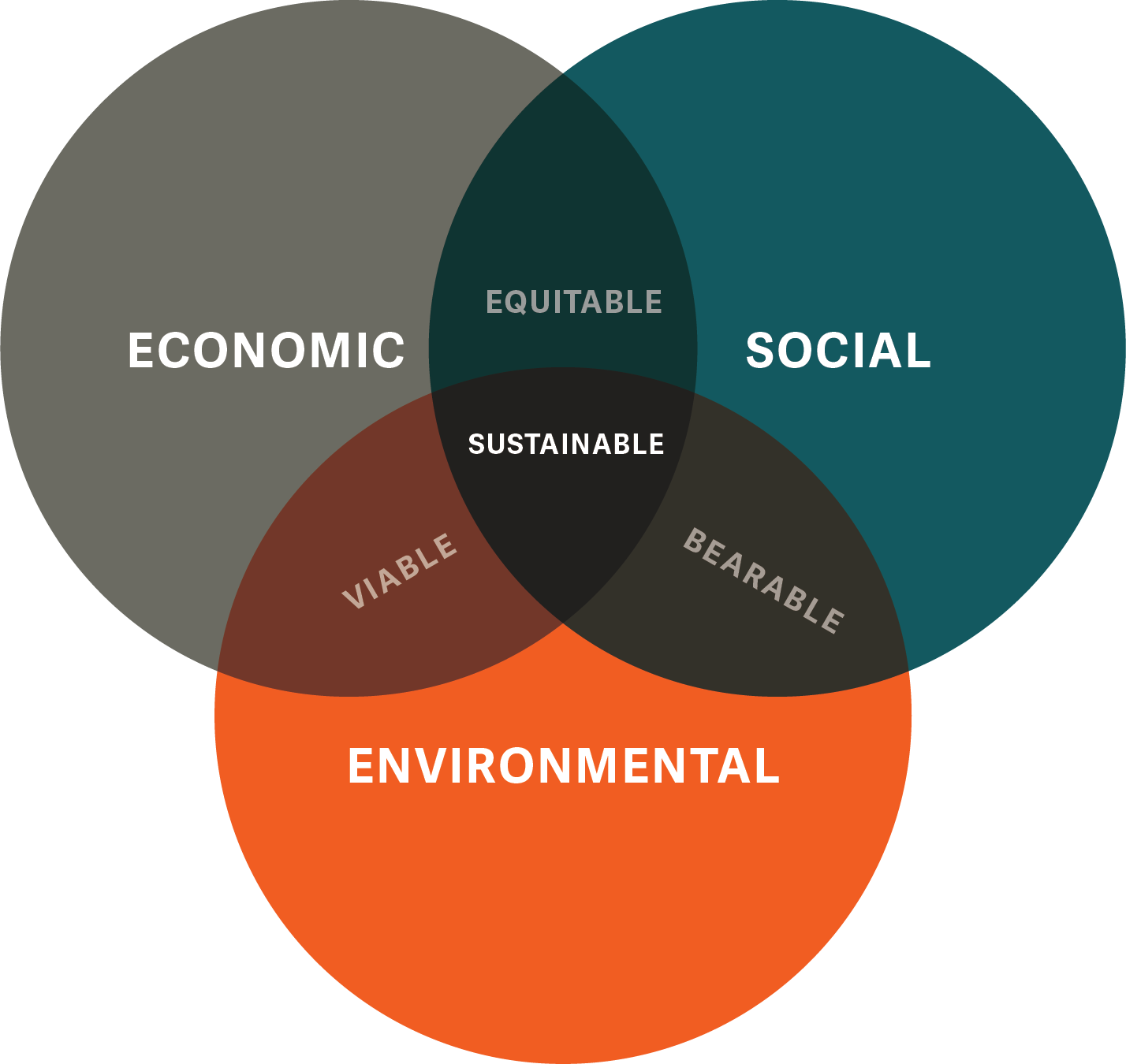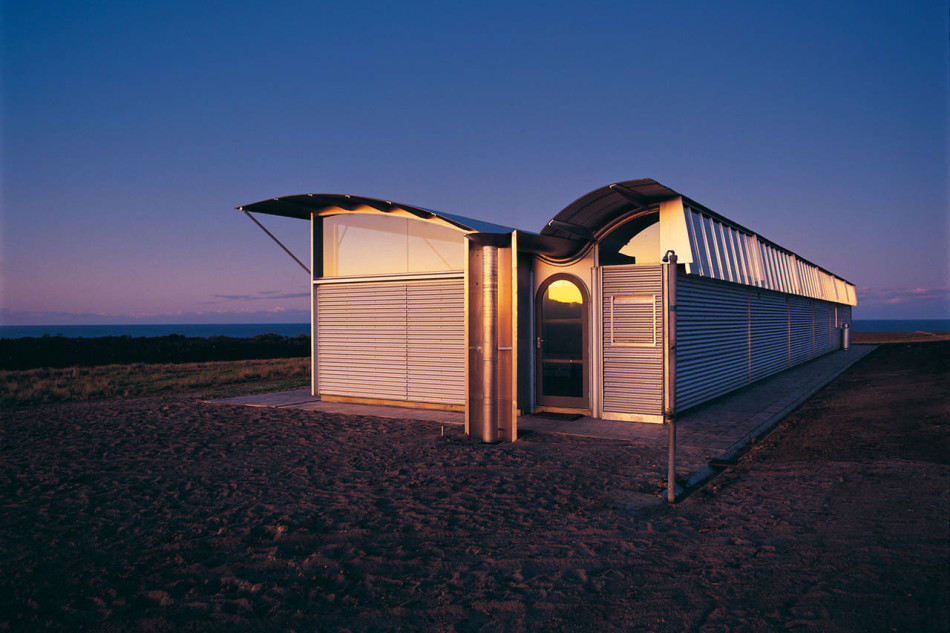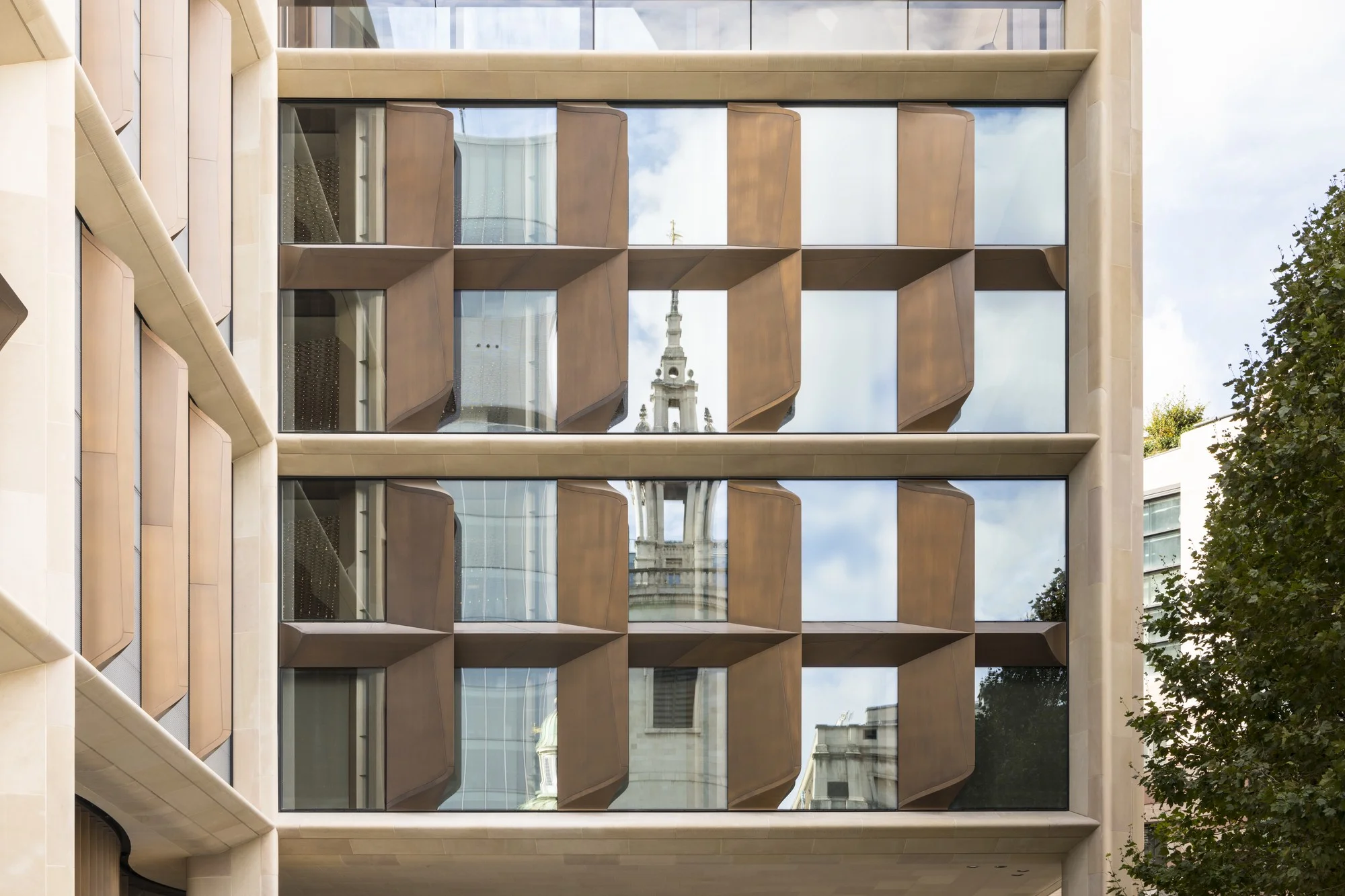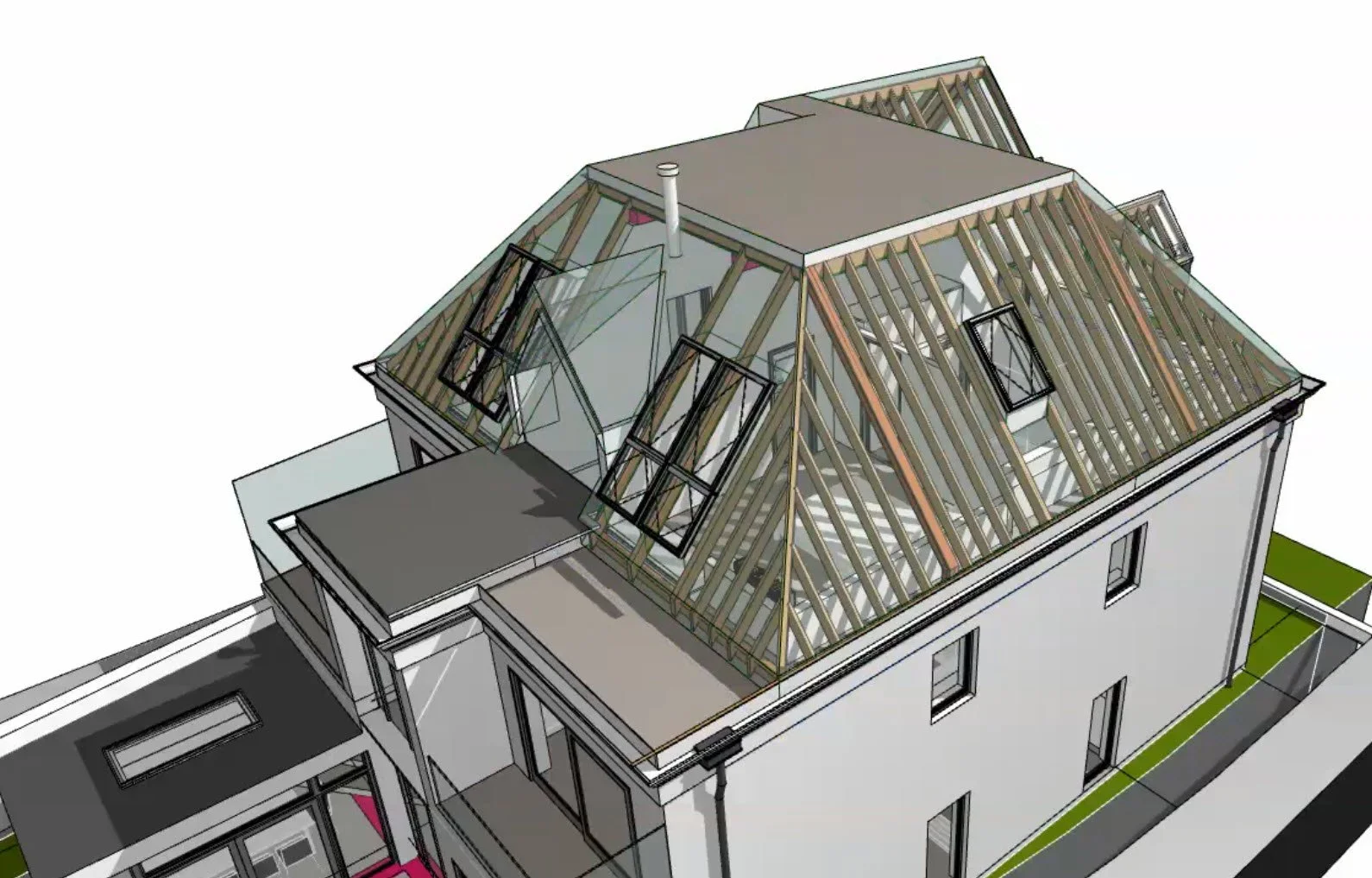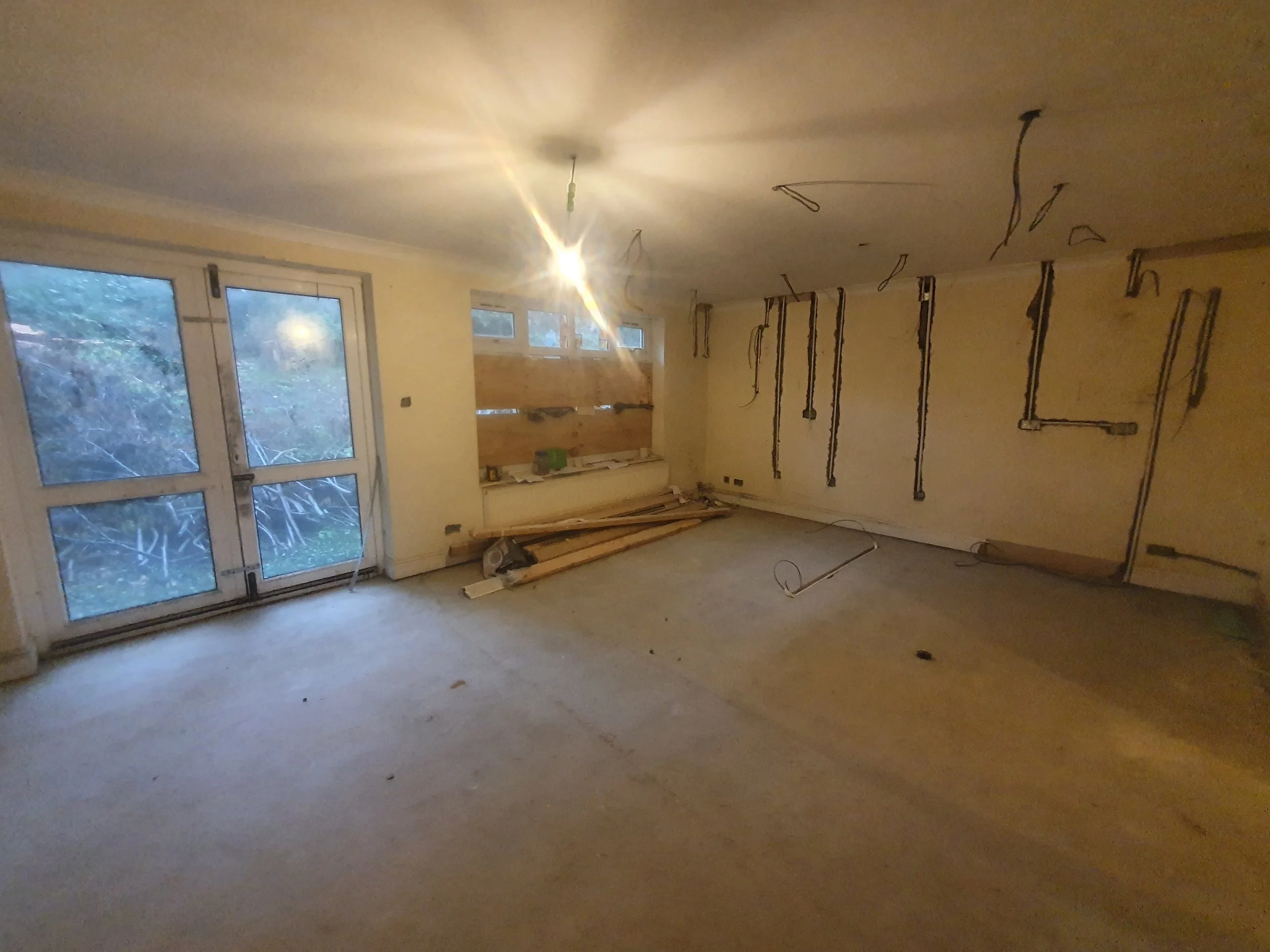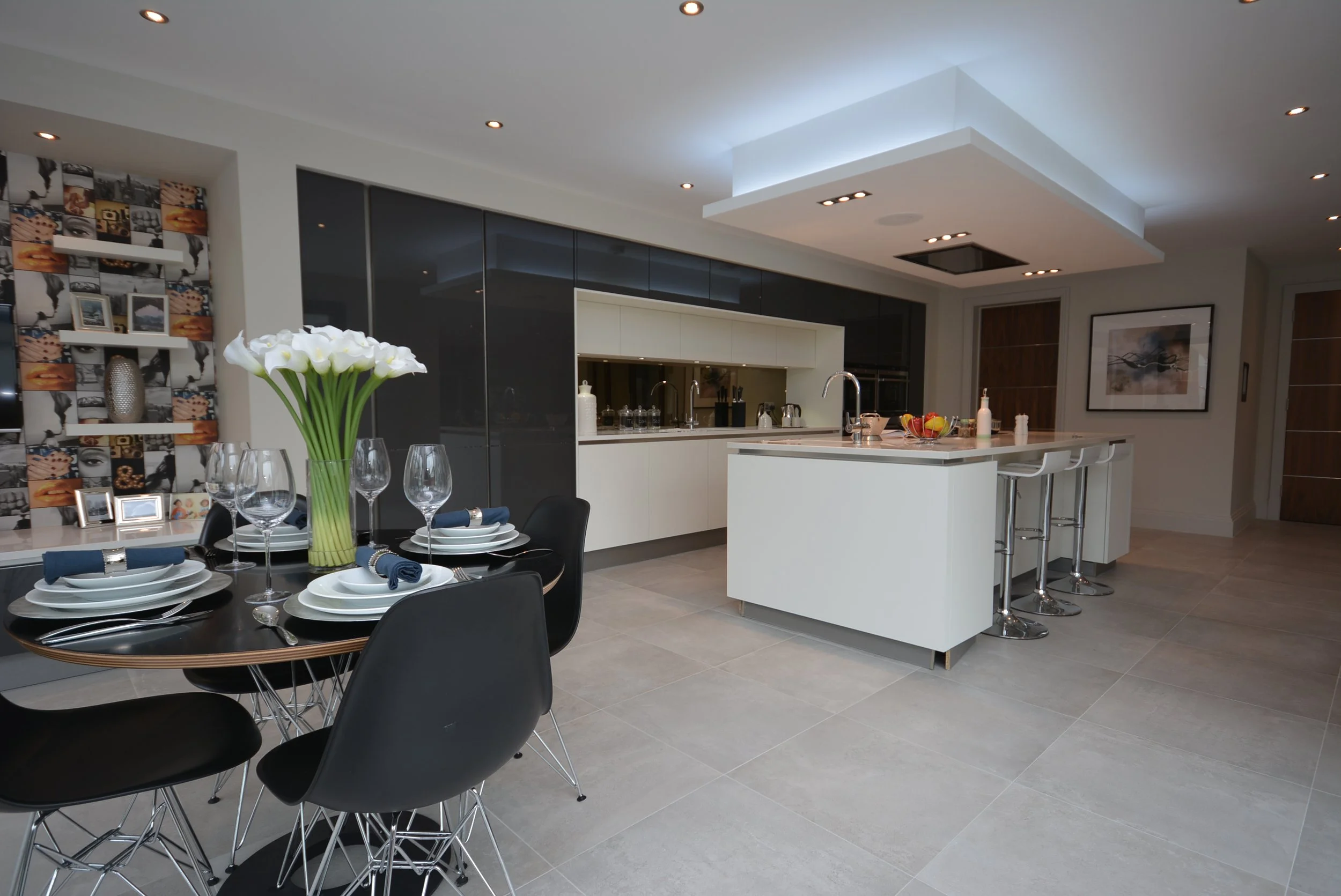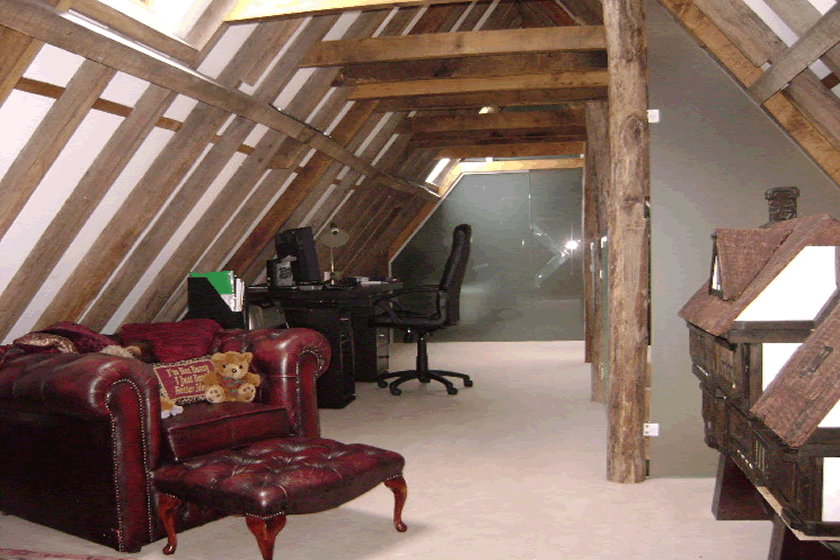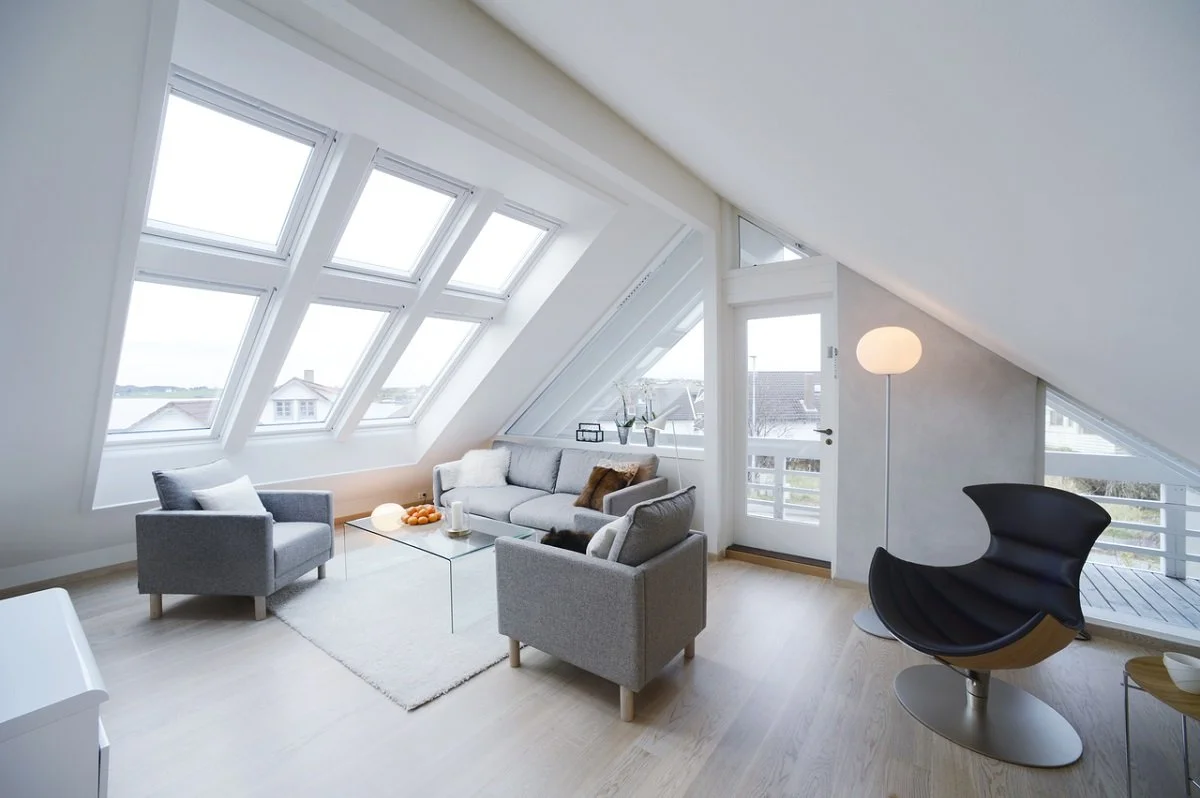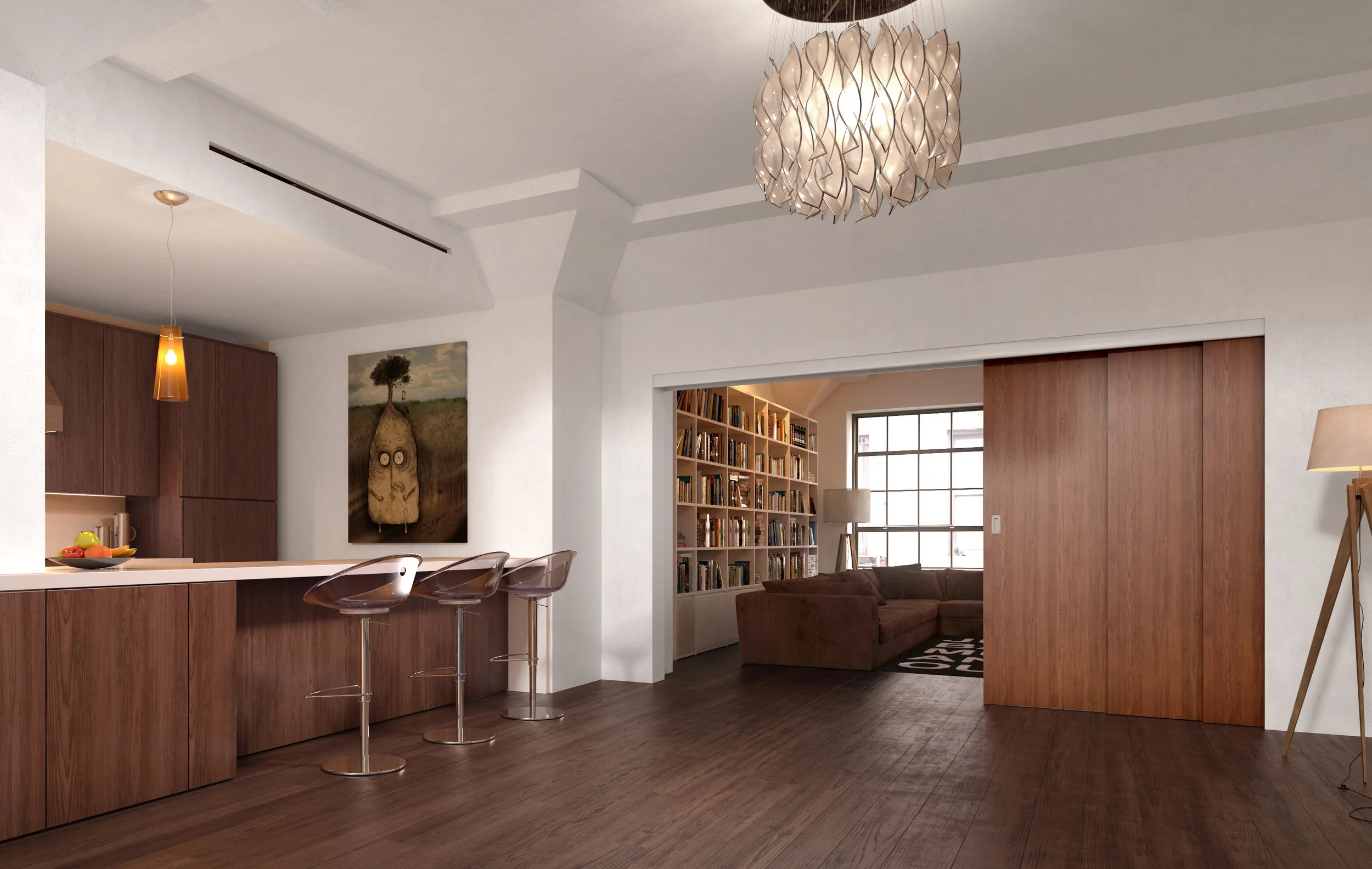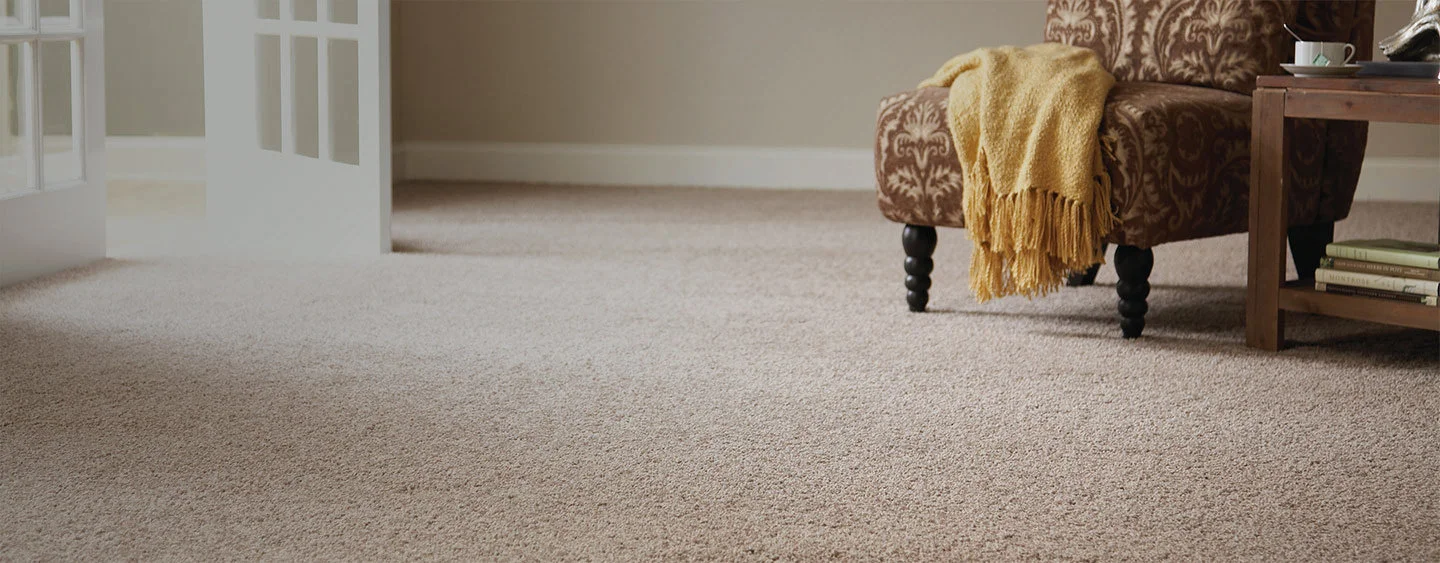SUSTAINABILITY IN ARCHITECTURE
Sustainability in architecture addresses the negative environmental and social impacts of buildings by utilizing design methods, materials, energy and development spaces that aren’t detrimental to the surrounding ecosystem or communities. The philosophy is to ensure that the actions taken today don’t have negative consequences for future generations and comply with the principles of social, economic and ecological sustainability.
First and foremost, sustainability in architecture needs to take into account the natural resources and conditions at the site, incorporating these into the design wherever feasible. It also means utilizing materials that minimize the structure’s environmental footprint, whether that be due to energy-intensive manufacturing processes or long transport distances. Sustainable architectal practices and builders should also consider employing systems into the design that harness waste and reuse it in as efficient a manner as possible.
How to Achieve Sustainability in Architecture
Sustainability in architecture begins with research. The first step is to carry out an inspection of the site to determine the natural conditions and constraints that should be taken into account. This is also the time to check on local authority regulations and requirements or meet with relevant persons to discuss your particular project.
Sustainability in the Built Environment
When people construct things, many processes take place to actualize the design. The goal of a sustainable building project is to use materials and processes that will have little impact on the continued functioning of the environment. For example, using local building materials and local laborers limits the pollution effects of transportation. Non-polluting construction practices and industries should have little harm on the land, sea, and air. Protecting natural habitats and remediating neglected or contaminated landscapes can reverse damages caused by previous generations. Any resources used should have a planned replacement. These are characteristics of sustainable development.
Architectural designers should specify materials that do not harm the environment at any stage of their life cycle — from first manufacturing to end-of-use recycling. Natural, bio-degradable, and recycled building materials are becoming more and more common. Developers are turning to renewable sources for water and renewable energy sources such as solar and wind. In architecture and design, the emphasis of sustainable development is on the conservation of environmental resources. However, the concept of sustainable development is often broadened to include the protection and development of human resources. Communities founded on principles of sustainable development may strive to provide abundant educational resources, career development opportunities, and social services.
To achieve true sustainability we need to balance economic, social and environmental factors in equal harmony.
Business and economic viability are an important part of the sustainability equation. Without it, sustainability wouldn’t be sustainable.
What are the three main characteristics of a sustainable architecture project?
Environmentally-friendly building materials
A sustainable architectural practice typically chooses to use environmentally-friendly building materials. The most desirable materials are those that are recycled or renewable, as well as those that require the least energy to manufacture. There is often a focus on using locally-obtained woods and stone, reducing the distance that materials travel before being used in the construction process and supporting local trades. There is a preference for wood that is harvested responsibly from certified forests and all other materials are non-synthetic and non-toxic. Recycling is at the heart of a sustainable designer’s design. Although recycled building materials were difficult to source in the early 1990s, there is now an active trade in recycled architectural salvage, particularly by specialist companies providing materials from demolition sites.
Energy and resource efficiency
Sustainable architecture is underpinned by a philosophy that advocates sustainable energy sources. Where feasible, steps are taken to design for energy efficiency, including the use of renewable energy sources such as wind, geothermal and solar. A sustainable architectural practice recognises that the energy efficiency of buildings can be increased in a variety of ways. A building can be oriented to take full advantage of seasonal changes in the sun’s position, and energy-efficient lighting and appliances can be installed. Energy conservation is also key: buildings can be ‘weatherised’ for maximum protection against the loss of warm or cool air, and appropriate insulating materials and window glazing can be installed to reduce heat loss in ways that do not cause indoor humidity.
Efficient use of space
The sustainable architectural practice recognises the importance of indoor environmental quality for affecting how an individual feels in a space and focuses on features such as a healthy indoor environment with adequate ventilation, temperature control, and the use of materials that do not emit toxic gases. The incorporation of earth shelters, roof gardens, and extensive planting throughout and around buildings is also encouraged. In the UK, a study by CABE (Commission for Architecture and the Built Environment, now Design Council Cabe) of five new academic buildings and campuses found that more than 70% of staff and students believed that the facilities and functions of the buildings they work in improved the way they felt and behaved.
Examples of Sustainable Development
Australian designer Glenn Murcutt is often held up as an architectural designer who practices sustainable design. His projects are developed for and placed on sites that have been studied for their natural elements of rain, wind, sun, and earth. For example, the roof of the Magney House was designed specifically to capture rainwater for use within the structure.
Magney House by Glenn Murcutt
The Villages of Loreto Bay in Loreto Bay, Mexico was promoted as a model of sustainable development. The community claimed to produce more energy than it consumed and more water than it used. However, critics charged that developers' claims were overstated. The community eventually suffered financial setbacks.
The Villages of Loreto Bay in Loreto Bay, Mexico
Finally, one of the most famous success stories is the transformation of a neglected area of London into the Olympic Park for the London 2012 summer Olympic Games. From 2006 until 2012 the Olympic Delivery Authority created by British Parliament oversaw the government mandated sustainability project. Sustainable development is most successful when governments work with the private sector to make things happen. With support from the public sector, private energy companies like Solarpark Rodenäs will be more likely to put their renewable energy photovoltaic panels where sheep may safely graze — existing together on the land.
Today, we are talking about almost zero energy buildings, autonomous buildings, and IQ architecture. There are numerous examples of such buildings. The shape of The Edge, a new office building in Amsterdam, Bloomberg’s new European headquarters in London and the Geelen Counterflow Office in Haelen.
Bloomberg’s European HQ by Foster + Partners
Sustainable Waste Management Systems
To achieve sustainability in architecture, it’s also important to address how household by-products will be handled in a low-impact manner. Systems need to be built into the design that will manage things like gray water harvesting for garden beds, composting toilets to reduce sewage and water usage, as well as on-site food waste composting. Each element can help to significantly reduce a household’s waste well into the future.


